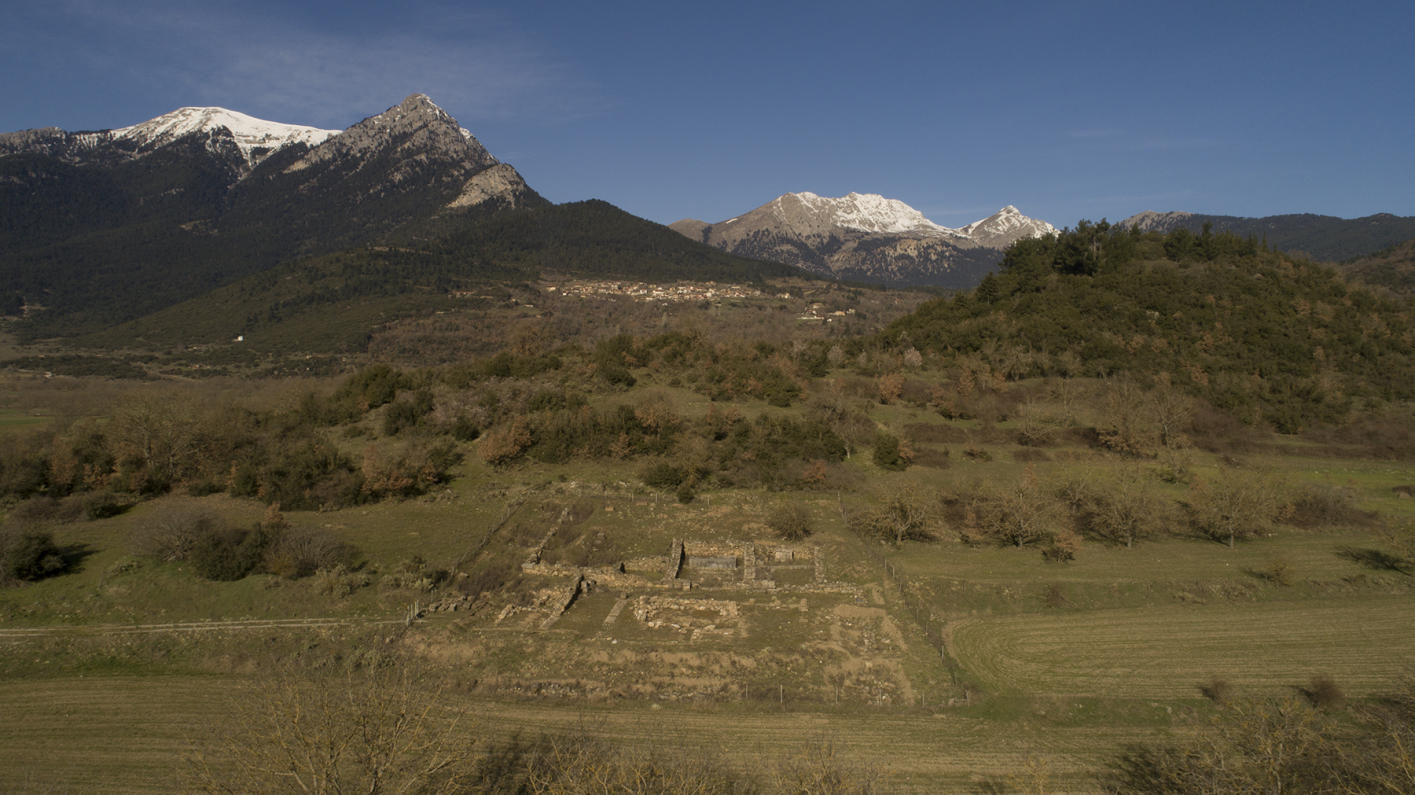Ancient Feneos: Between Myth and History
Feneos was a city-state of ancient Arcadia, now administratively part of the Corinthia region. It was one of the largest and most significant cities of Arcadia. The first inhabitants of the area were the Pelasgians in prehistoric times, while around 1900 BC, the region was settled by Arcadians. In 1500 BC, the Achaeans established a Mycenaean center here, which is also mentioned by Homer in the Iliad.
The area flourished during the time of the Trojan War, participating alongside eight other Arcadian cities under the leadership of Agapenor, son of Ancaeus, with 60 ships provided by Agamemnon.
The ancient city was fortified with walls, some remnants of which still survive to this day. At its highest point stood the Acropolis, now known as Pyrgos or Palaeokastro.
The Acropolis of ancient Feneos is located near the modern village of Ancient Feneos (Kalyvia). Excavations conducted between 1958 and 1961 uncovered, on the eastern side of the hill, a sanctuary believed to be dedicated to Asclepius. This complex includes two naoi (temples), auxiliary rooms, and a colonnaded courtyard.
The main part of the Asclepieion includes, in its southern naos, an inscribed base made of rectangular, finely worked stones, containing significant ancient artifacts: ancient coins (bronze and silver), mosaics, inscriptions, and vases.
The most important find is an oversized marble female head with alabaster eyes, believed to represent the goddess Hygeia. It is now preserved in the Archaeological Museum of Ancient Feneos, along with two marble feet, each 80 centimeters long, wearing sandals. These are dated to around 150 BC.


